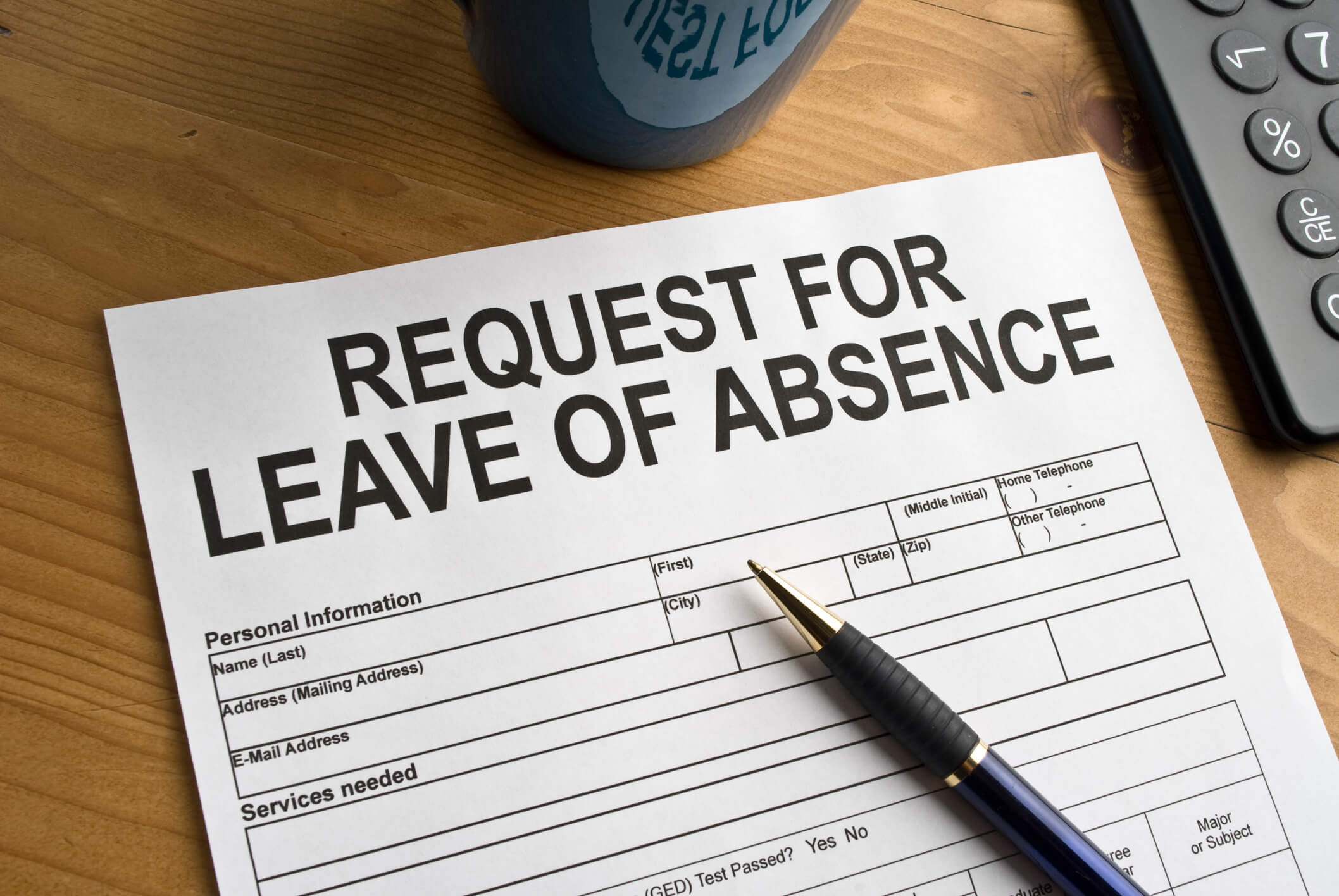On June 6, 2022, after a year of public meetings and feedback, the Bloomington City Council unanimously approved an ordinance that will require employers in the city to provide paid sick and safe leave to most workers. Bloomington’s ordinance is similar to municipal ordinances enacted in three other Minnesota cities—Minneapolis, St. Paul, and Duluth.
Applicability
The Bloomington Earned Sick and Safe Leave Ordinance takes effect on July 1, 2023, and will require employers with five or more employees to provide their Bloomington employees with one hour of paid sick and safe leave for every thirty hours worked, up to a maximum of forty-eight hours per year. Employees will be allowed to carry over unused sick and safe leave from one calendar year to the next, up to a maximum of eighty hours.
The ordinance is different from many existing paid time off (PTO) or sick leave policies in that it applies to both part-time and full-time employees, so long as an employee works at least eighty hours per year in Bloomington. The ordinance does not require that an employer have a physical presence in Bloomington. This means that the ordinance will apply to employees working remotely from Bloomington.
Employers with fewer than five employees will not be required to provide paid sick and safe leave, but the ordinance does require them to provide up to forty-eight hours of unpaid sick and safe leave per year. The ordinance permits employers with more generous paid leave policies to maintain those policies.
Use of Leave
The ordinance provides that employees may use sick and safe leave for the following:
- The employee’s own mental or physical illness; injury; health condition; need for medical diagnosis; care, including prenatal care; treatment of a mental or physical illness, injury, or health condition; or need for preventive medical or health care
- The same needs as above, but with respect to an employee’s family member
- Absences due to domestic abuse, sexual assault, or stalking of the employee or employee’s family member, provided the absence is to obtain medical attention, victim services, legal advice, or to relocate
- Closure of the employee’s business “by order of a public official” to limit exposure to infectious agents, biological toxins, hazardous materials, or other public health emergencies
- To accommodate family member school or daycare closures due to public health emergencies, inclement weather, power outages, or loss of heating or water
Employers may require that employees provide advance notice for use of sick and safe leave when it is “foreseeable.” An employer may also require medical documentation for medical-related absences greater than three consecutive days if the employer provides health insurance benefits to the employee.
Health Care Providers and Construction Industry Employees
The ordinance includes special rules for health care providers and construction industry employees.
Health care providers may use sick and safe leave only when “scheduled to work,” which does not include when the provider is asked to remain on-call, off the employer’s premises. If a health care provider calls in to request a shift that occurs within twenty-four hours, the provider is not permitted to use sick or leave time to cover that shift.
The ordinance allows construction industry employers to comply by either paying the state prevailing wage rates calculated by the Minnesota Department of Labor and Industry or by paying Minnesota Department of Labor and Industry registered apprenticeship agreement rates.
Notice
Employers will be required to provide employees written notice of their rights under the ordinance, both in workplace posters and in employee handbooks. Notices must be posted in English and may also be required in other languages that are spoken by at least 5 percent of the employees at a workplace or job site.
Recordkeeping
Employers must maintain records of each employee’s accrued and used sick and safe leave. This information must be provided to employees upon request, either in writing or electronically. Employers may comply by providing accrual and use information on a pay stub or through an online system.
Enforcement
The Bloomington City Attorney’s Office will have the authority to investigate and resolve ordinance violations. Investigations may be initiated from a complaint or “when the City Attorney’s Office has reason to believe that a violation has occurred.” During the first year that the ordinance is in effect, initial violations will lead to a warning letter and efforts to mediate disputes. Additional violations may lead to employee reinstatement and back pay, crediting of accrued sick and safe time, doubling of payments due to employees, and administrative fines of up to $1,000.
Effective Date
The ordinance will take effect on July 1, 2023. The ordinance requires the city to provide sample notices that meet the requirements of the ordinance prior to the effective date.
Employers with employees in Bloomington, Minnesota, may want to consider reviewing and revising their sick leave and PTO policies and procedures, in light of the ordinance’s requirements, to comply when it becomes effective in July 2023.
Further information on state and local paid sick leave requirements is available in the firm’s OD Comply: State Leaves subscription materials, which are updated and provided to OD Comply subscribers as the laws change.





